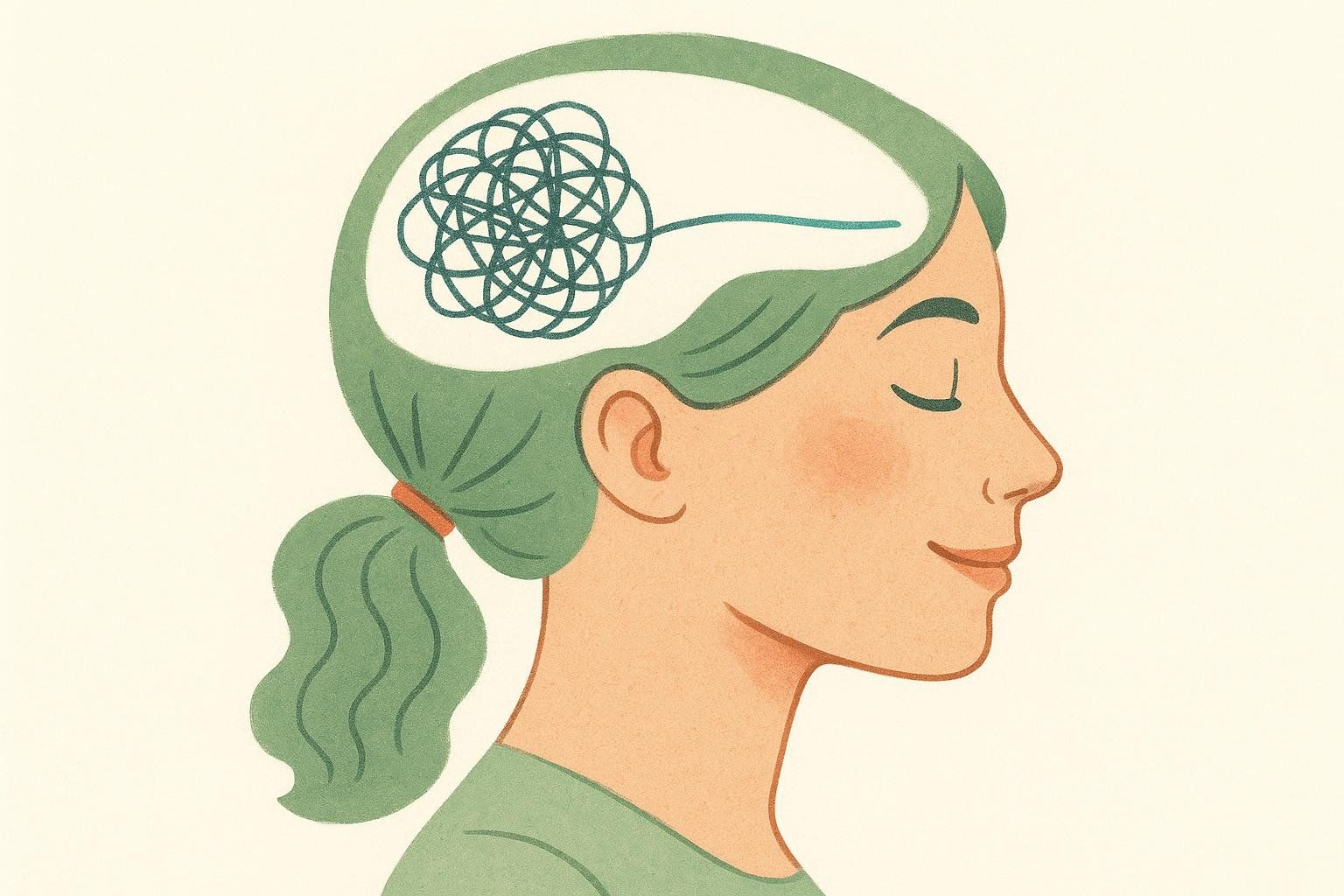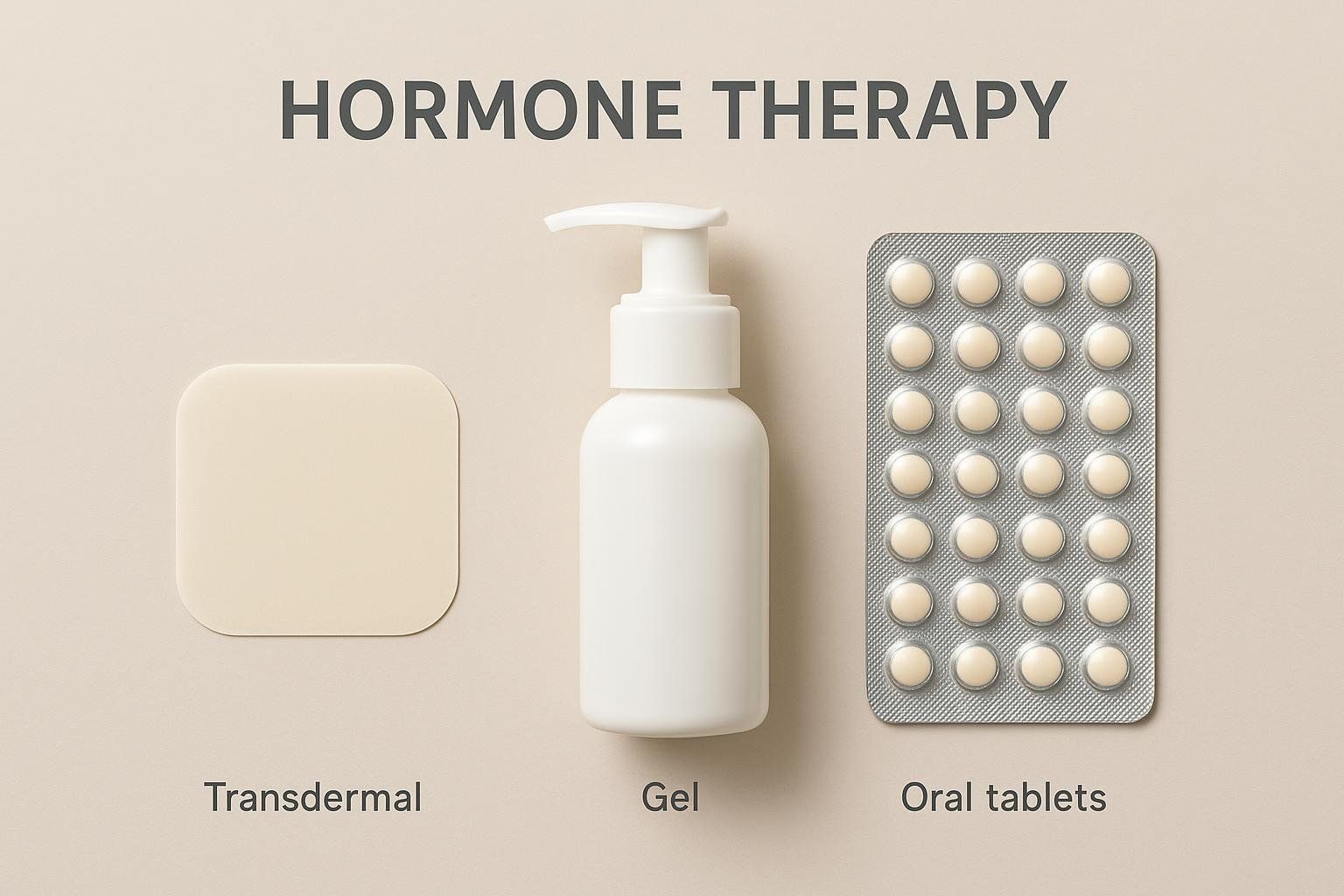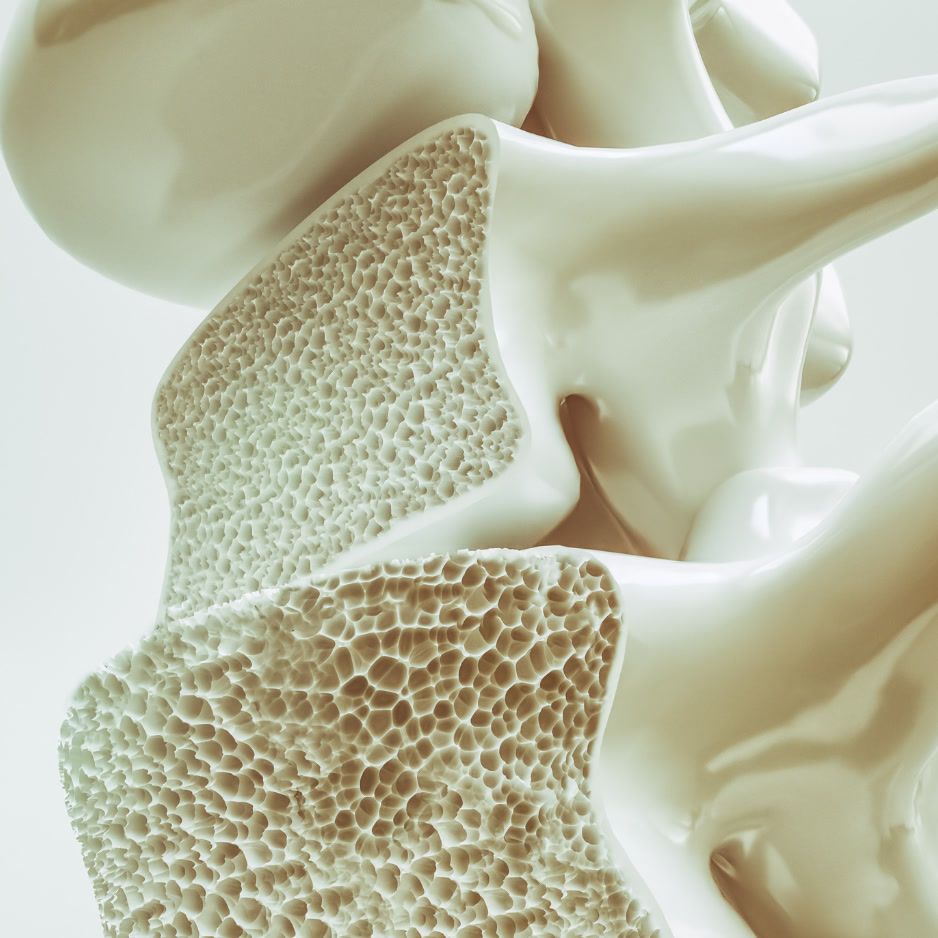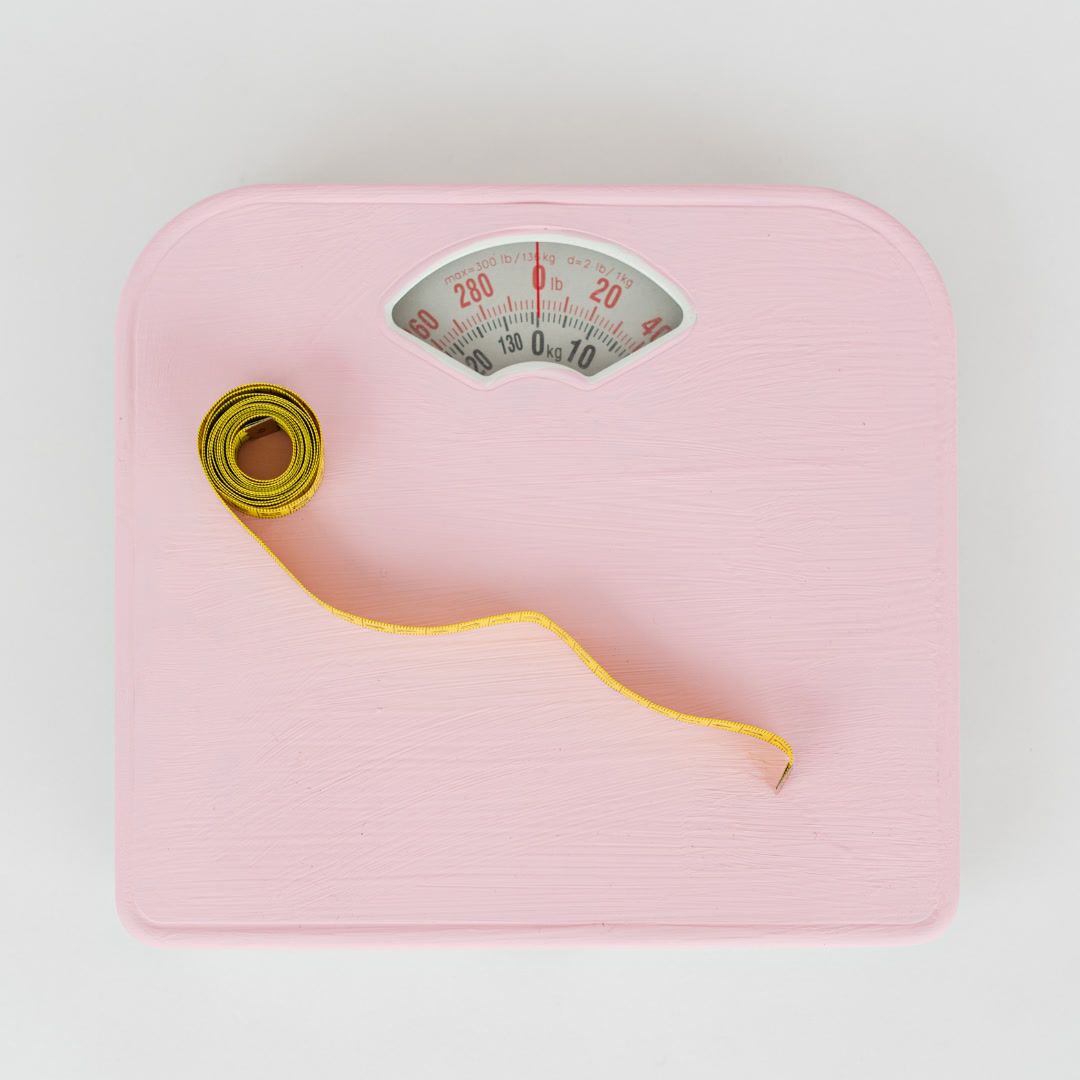Female Hypogonadism: Causes, Symptoms, and Treatment

Female Hypogonadism: Causes, Symptoms & Treatment
Last updated: October 2025
For Educational and Informational Purposes Only. This article is not a substitute for professional medical advice, diagnosis, or treatment. Always talk to a qualified healthcare provider about your specific situation.
What is female hypogonadism?
- In simple terms, female hypogonadism means the ovaries aren’t producing enough estrogen (estradiol) and sometimes progesterone. The most obvious sign is irregular, very light, or missing periods accompanied by low estradiol.
- There are two main types:
- Primary ovarian insufficiency (POI; “primary” hypogonadism): intrinsic ovarian dysfunction leads to reduced estradiol production, with loss of negative feedback and compensatory elevation of FSH.
- Central/secondary hypogonadism: hypothalamic or pituitary dysfunction reduces gonadotropin (FSH/LH) secretion, so ovarian stimulation is insufficient; FSH/LH are low or inappropriately normal.
For clear overviews, see DermNet NZ and the Society for Endocrinology’s multidisciplinary guidance (2024).
Why it matters (health impacts)
Low estrogen affects much more than periods:

- Bone health:
- Speeds up bone mineral density (BMD) loss and raises fracture risk—especially if estrogen has been low since a young age (Society for Endocrinology, 2024).
- Heart and metabolism:
- Linked with less favorable cholesterol patterns and markers of insulin resistance (Society for Endocrinology, 2024).
- Brain and mood:
- Early or sudden estrogen drops can affect memory, focus, and mood. Hormone therapy (HT) should be individualized (ASRM/ESHRE guideline, 2024).
- Skin, urogenital, and sexual health:
- Low libido, vaginal dryness, discomfort with intercourse, and dry/thinner skin are common (DermNet NZ).

Common symptoms by life stage
- Before puberty: delayed breast development and no first period. It’s reasonable to check in with a clinician if there’s no breast development by 13 or no period by 15 (AAFP, 2017).
- After puberty (teens/adults): cycles that stop (>3 months), irregular cycles, hot flashes, night sweats, low libido, vaginal dryness, mood or sleep changes, and trouble conceiving (DermNet NZ).
- Athletes/energy deficit: missed periods with low estradiol can result from functional hypothalamic amenorrhea (FHA) —often tied to under-fueling, high training loads, or high stress (Endocrine Society, 2017).

What causes female hypogonadism?
-
Primary (ovarian) causes
- Primary ovarian insufficiency (POI):
- Idiopathic (no clear cause)
- Genetic: Turner syndrome, FMR1 premutation
- Autoimmune
- Treatment-related: chemotherapy, radiation, ovarian surgery
- Other chromosomal/gonadal differences (specialist evaluation) (ASRM/ESHRE, 2024)
- Primary ovarian insufficiency (POI):
-
Central (hypothalamic/pituitary) causes
- Congenital:
- Congenital hypogonadotropic hypogonadism (CHH)
- Kallmann syndrome (often with reduced sense of smell)
- Acquired/organic:
- Tumors or cysts, surgery, trauma
- Infiltrative disease (e.g., sarcoidosis, hemochromatosis)
- Hypophysitis, postpartum hemorrhage (Sheehan’s), infections
- Functional:
- Low energy availability/relative energy deficiency (FHA)
- Significant psychological stress
- Hyperprolactinemia
- Certain medications (e.g., opioids, glucocorticoids) (Society for Endocrinology, 2024)
- Congenital:
How do clinicians diagnose it?
Diagnosis combines your medical and symptomatic history, a physical exam, and targeted lab tests.
- First-line tests:
- Pregnancy test (hCG), FSH, LH, estradiol (E2), thyroid (TSH), and prolactin. If there are signs of high androgens, total testosterone and DHEA-S may help. Pelvic ultrasound may be used in adolescents (Endocrine Society, 2017; DermNet NZ).
- Rule-outs:
- PCOS, thyroid disease, hyperprolactinemia, pregnancy, anatomic outflow issues, and chronic illness (Endocrine Society, 2017).
- Imaging:
- A pituitary MRI may be recommended if prolactin is high or there are signs pointing to a central (brain/pituitary) cause (ASRM/ESHRE, 2024).
Lab clues clinicians look for
- Female hypogonadism (reproductive age): absent or very infrequent periods plus persistently low estradiol; a practical flag is E2 <200 pmol/L (~<55 pg/mL) (Society for Endocrinology, 2024).
- POI diagnosis: disordered cycles for ≥4 months with FSH >25 IU/L. A single elevated FSH may be enough if suspicion is high; repeat if uncertain (ASRM/ESHRE, 2024).
Bone health tip: If periods have stopped for ≥6 months, many guidelines suggest a baseline DEXA (bone scan) to check bone mineral density—earlier if under-nutrition, fracture history, or other red flags are present (Endocrine Society, 2017). Bringing results from a BodySpec whole-body DEXA to your clinician can provide additional context for interpretation and next steps.
Treatment basics (tailored to cause and goals)
- Address the underlying cause:
- Improve nutrition/energy intake and adjust training if there’s an energy deficit
- Treat pituitary or hypothalamic conditions when present
- Review medications that suppress ovarian function
- Assess for autoimmune causes
- Consider hormone therapy (HT) to restore physiologic estrogen levels and protect bone, heart, brain, skin, and sexual health—based on your history and goals.
Functional hypothalamic amenorrhea (FHA)

- First-line: correct the energy gap—eat more, reduce training load, and work on stress/sleep; CBT can help. Avoid using combined oral contraceptives solely to “bring back” bleeds or improve bone density (Endocrine Society, 2017).
- If cycles don’t return:
- Short-term transdermal estradiol with cyclic oral progestin can be considered.
- Baseline and follow-up DEXA as indicated (Endocrine Society, 2017).
Primary ovarian insufficiency (POI)
- HT is generally recommended until at least the average age of natural menopause to protect bones and overall health; personalize in cancer survivorship (ASRM/ESHRE, 2024).
- Bone: get DEXA at diagnosis and monitor over time; pair adequate estradiol dosing with calcium/vitamin D and resistance training (see ASRM/ESHRE, 2024 and a 2023 review in the Journal of Clinical Medicine).
- Fertility: spontaneous ovulation can happen but is unpredictable; oocyte donation is the established route to pregnancy in POI (Society for Endocrinology, 2024).

Central hypogonadism (organic)
- Treat the underlying pituitary/hypothalamic condition. For those trying to conceive, pulsatile GnRH or gonadotropins can induce ovulation in appropriate cases (Society for Endocrinology, 2024).
Turner syndrome and special populations
- Puberty induction and maintenance follow specialist protocols. Many plans use physiologic 17beta-estradiol with later addition of a progestogen; care is coordinated with pediatric endocrine and (when needed) cardiology (Acta Bio Medica, 2022).
A note on androgen therapy
- Treating “low testosterone in women” is an evolving, often debated area. Potential side effects include acne, extra hair growth, and voice deepening—discuss personalized risks/benefits with your clinician (Cleveland Clinic).
Hormone therapy options at a glance

| Option | Pros | Considerations |
|---|---|---|
| Transdermal 17beta-estradiol (patch/gel) | Physiologic estrogen; avoids first-pass liver effects; generally favorable clot risk profile | Add a progestogen if uterus present; younger women often need higher doses than typical postmenopausal HRT (Society for Endocrinology, 2024). |
| Oral 17beta-estradiol + progestogen | Widely available; effective for symptoms and bone | More liver impact; review migraine with aura, clot risk, and blood pressure. |
| Combined oral contraceptives (ethinyl estradiol + progestin) | Built-in contraception and predictable bleeding | May not optimize bone in FHA/POI; can mask natural cycle return; higher thrombotic risk than transdermal estradiol in some groups (Endocrine Society, 2017). |
Clinical Highlights (Quick Reference)
- Diagnosis anchors:
- Reproductive-age hypogonadism: amenorrhea + low E2 (often <200 pmol/L) in context (Society for Endocrinology, 2024).
- POI: ≥4 months of disordered cycles + FSH >25 IU/L (repeat if uncertain) (ASRM/ESHRE, 2024).
- FHA: Key Considerations:
- Diagnosis of exclusion; address energy deficit first.
- Baseline DEXA if amenorrhea ≥6 months.
- Avoid COCs for BMD purposes.
- Consider transdermal E2 + cyclic progesterone if lifestyle changes aren’t enough within 6–12 months (Endocrine Society, 2017).
- Key Hormone Therapy Principles:
- Prefer 17beta-estradiol for replacement when appropriate.
- Younger women often need higher E2 dosing to reach physiologic levels.
- Always add endometrial protection if a uterus is present (Society for Endocrinology, 2024).
Understanding DEXA: Wellness vs. Diagnostic Scans
DEXA uses very low-dose X-rays to quantify bone mineral density and body composition. There are two types you’ll hear about:
-
Whole-body (wellness) DEXA — offered by BodySpec:
- Measures fat mass, lean mass, visceral fat (VAT), and whole-body bone mineral density (BMD).
- Useful for tracking body composition and identifying concerning BMD trends over time to discuss with your clinician.
- This is a non-diagnostic scan.
-
Diagnostic bone-density DEXA (hip and spine):
- Clinician-ordered to diagnose osteopenia or osteoporosis and to guide medical treatment.
- Typically performed at hospitals, diagnostic centers, or other medical facilities.
- Reports T-scores (postmenopausal women and men ≥50) and Z-scores (premenopausal women and younger individuals), which you can learn about in our guide to interpreting T-scores vs. Z-scores.
Helpful next steps
- If you’ve had ≥3 months without a period, make an appointment with your clinician to discuss symptoms and labs.
- Consider a BodySpec whole-body DEXA to establish a baseline for body composition and whole-body BMD. If your report shows a low Z-score for age or a downward trend, bring it to your doctor—they may order a diagnostic hip/spine DEXA if indicated. Learn more about when women should get a bone density test.
FAQs
Is PCOS the same as hypogonadism?
No. Both can cause irregular periods, but PCOS usually has normal estrogen exposure with higher androgens, while hypogonadism involves low estrogen. A clinician can help sort this out (Endocrine Society, 2017).
Does hormone therapy cause weight gain?
Modern HT is generally weight-neutral. Body composition changes depend more on nutrition, training, sleep, and stress. Our guide discusses the evidence on whether HRT causes weight gain.
How soon can bones improve after starting estrogen?
With adequate estradiol plus exercise and nutrition, follow-up DEXA often shows stabilization or improvement over time. Timing varies—your clinician will personalize follow-up (ASRM/ESHRE, 2024; Journal of Clinical Medicine, 2023).
When is a brain MRI needed?
An MRI is considered if central hypogonadism is suspected—especially with very high or persistent prolactin, headaches/vision changes, or other pituitary hormone issues. See the Endocrine Society FHA guideline (2017) and the ASRM/ESHRE guideline (2024).


